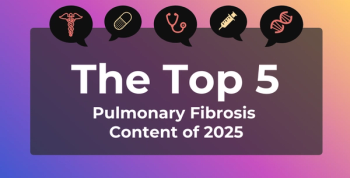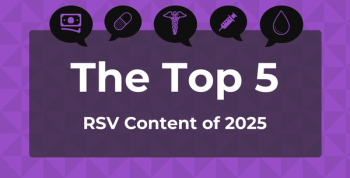
5 Health IT Takeaways From HIMSS 2017
Topics like cybersecurity are always top of mind at health information technology meetings, but other topics, such as artificial intelligence, also grabbed people’s interest at HIMSS 2017.
Every year experts across healthcare converge for the annual health information technology (IT) meeting of the Health Information and Management Systems Society (HIMSS).
Topics like cybersecurity are always top of mind, but other topics, such as artificial intelligence (AI), also grabbed people’s interest.
Here are the top 5 takeaways from HIMSS 2017.
1. Cybersecurity is a concern
An increasing number of data breaches—
2. New methods of data protection emerge
Trivalent released its next-generation data protection software, Trivalent Protect.
3. Patient engagement comes into the spotlight
Sessions at HIMSS covered how health IT can engage with at-risk populations, motivate patients create new behaviors, and remotely monitor patients to better engage them.
During a special session on the Medicare Access and CHIP Reauthorization Act, Kate Goodrich, MD, chief medical officer of CMS and director of the Center for Clinical Standards and Quality, discussed how CMS is dedicated to improving engagement through tools and strategies, and how it developed measures to improve experience.
4. Health IT is a “bright spot” for the US economy
At the conference,
However, there is a disconnect over electronic health records (EHRs). Vendors and consultants are ready to move on to other issues that need to be addressed, but physicians are still trying to determine how best to leverage their EHR investments. In addition, employers are struggling to fill health IT positions because there is such a demand for these workers.
5. Artificial intelligence is already here
AI may still be in the early stages, but already people are thinking about how it can be used in healthcare. It can relieve some of the administrative burden for physicians, highlight opportunities for a more personalized treatment plan, and improve patient experience. Companies like
The challenge is that healthcare is notoriously slow to change, and AI represents a huge technological shift.
Newsletter
Stay ahead of policy, cost, and value—subscribe to AJMC for expert insights at the intersection of clinical care and health economics.







































